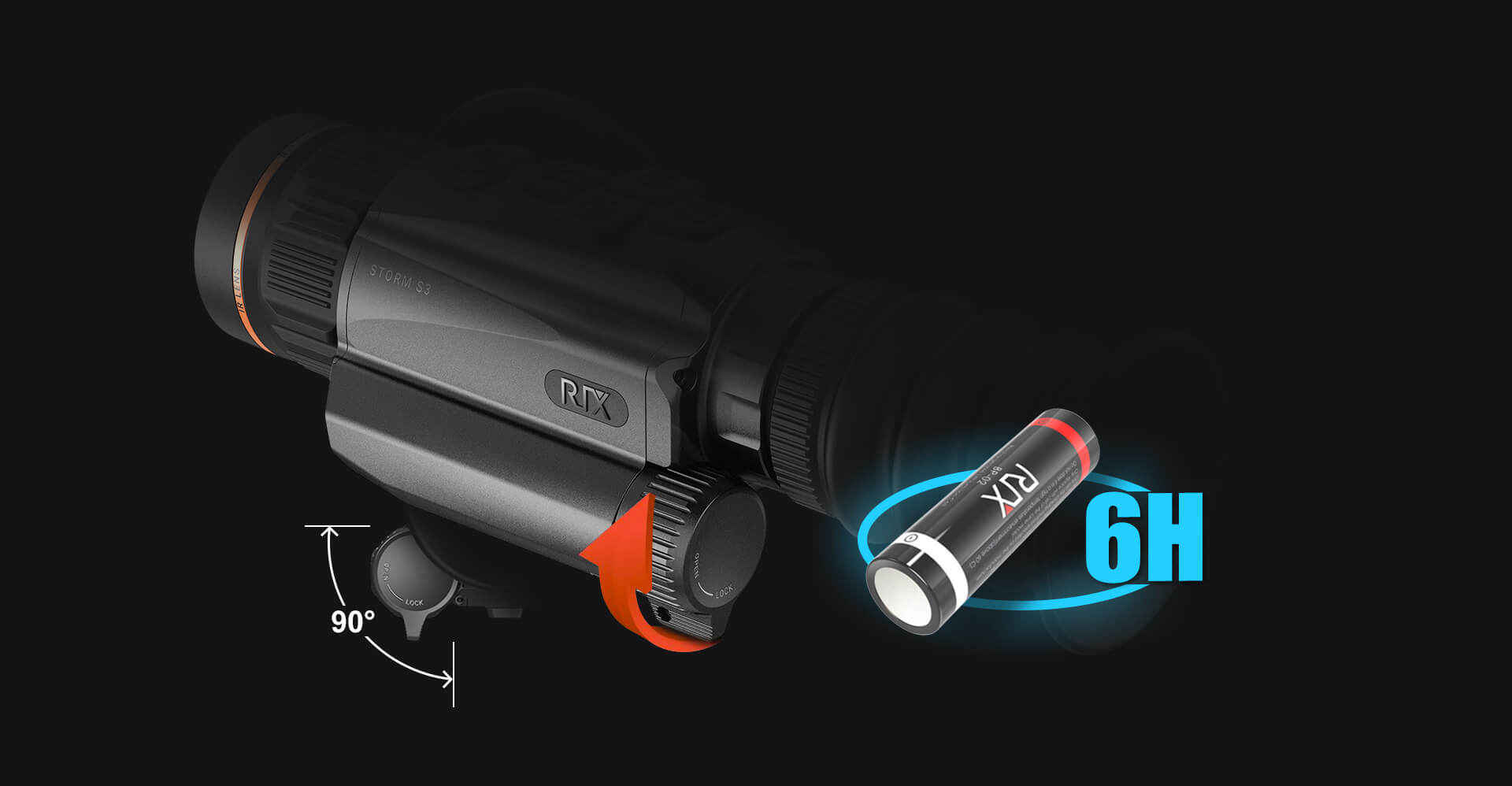In recent years, thermal scope technology has made significant strides, particularly in the realm of wildlife conservation. This article delves into the advancements of thermal scopes and their impact on preserving our natural world.

Understanding Thermal Scope Technology
Thermal scopes are devices that detect heat signatures emitted by objects, animals, or people. Unlike traditional night vision, which amplifies light, thermal imaging captures the infrared radiation emitted by all objects with a temperature above absolute zero. This makes thermal scopes incredibly useful for wildlife conservation, especially in low-light conditions.
How Do Thermal Scopes Work?
Thermal scopes operate by using a special lens to focus infrared light emitted by objects in the field of view. This light is then scanned by a phased array of infrared-detector elements, creating a detailed temperature pattern called a thermogram. The thermogram is translated into electric impulses, which are processed to produce a visual image on the display.
"Thermal scopes provide unparalleled visibility in complete darkness, making them indispensable for nocturnal wildlife monitoring."
Applications in Wildlife Conservation
Thermal scopes have revolutionized wildlife conservation efforts. They allow researchers to monitor animal behavior, track movements, and even identify poaching activities without disturbing the natural habitat.
Monitoring Animal Behavior
Conservationists use thermal scopes to observe nocturnal animals, which are often difficult to study with traditional methods. By tracking heat signatures, researchers can gather data on animal activities, feeding patterns, and social interactions.
Anti-Poaching Efforts
Thermal scopes are also crucial in combating poaching. Rangers equipped with thermal imaging devices can detect poachers from a distance, even in complete darkness. This early detection capability significantly enhances the protection of endangered species.
Advancements in Thermal Scope Technology
Recent advancements in thermal scope technology have made these devices more accessible and efficient. Innovations include improved image resolution, longer battery life, and enhanced durability.
Enhanced Image Resolution
Modern thermal scopes offer high-definition imaging, providing clearer and more detailed visuals. This improvement allows for more accurate identification and monitoring of wildlife.
Extended Battery Life
Newer models come with extended battery life, ensuring that conservationists can conduct prolonged fieldwork without the need for frequent recharging.
Durability and Weather Resistance
Thermal scopes are now built to withstand harsh environmental conditions. They are designed to be water-resistant and shockproof, making them suitable for use in diverse terrains and weather conditions.
Conclusion
The advancements in thermal scope technology have significantly bolstered wildlife conservation efforts. By providing enhanced visibility and detailed imaging, thermal scopes enable researchers and rangers to protect and study wildlife more effectively.
For more information on the latest thermal scope models, visit our product page.
Related Products
Watch Our Video
Check out this video to see thermal scopes in action:








